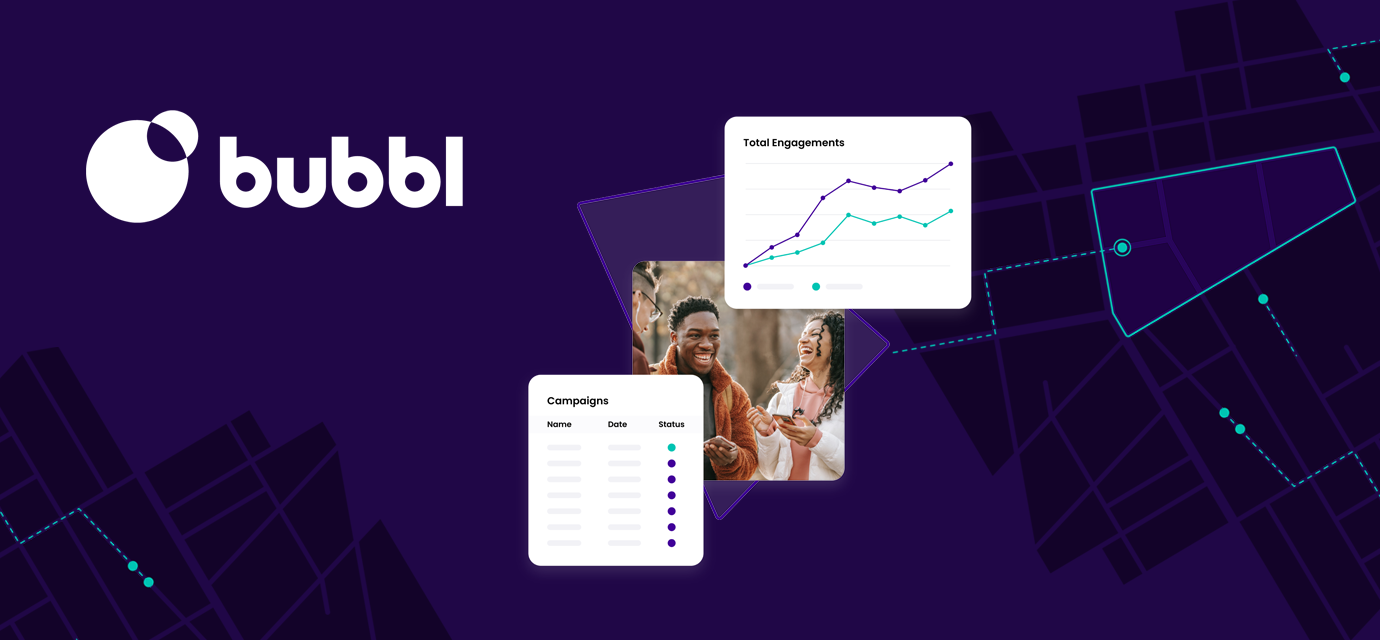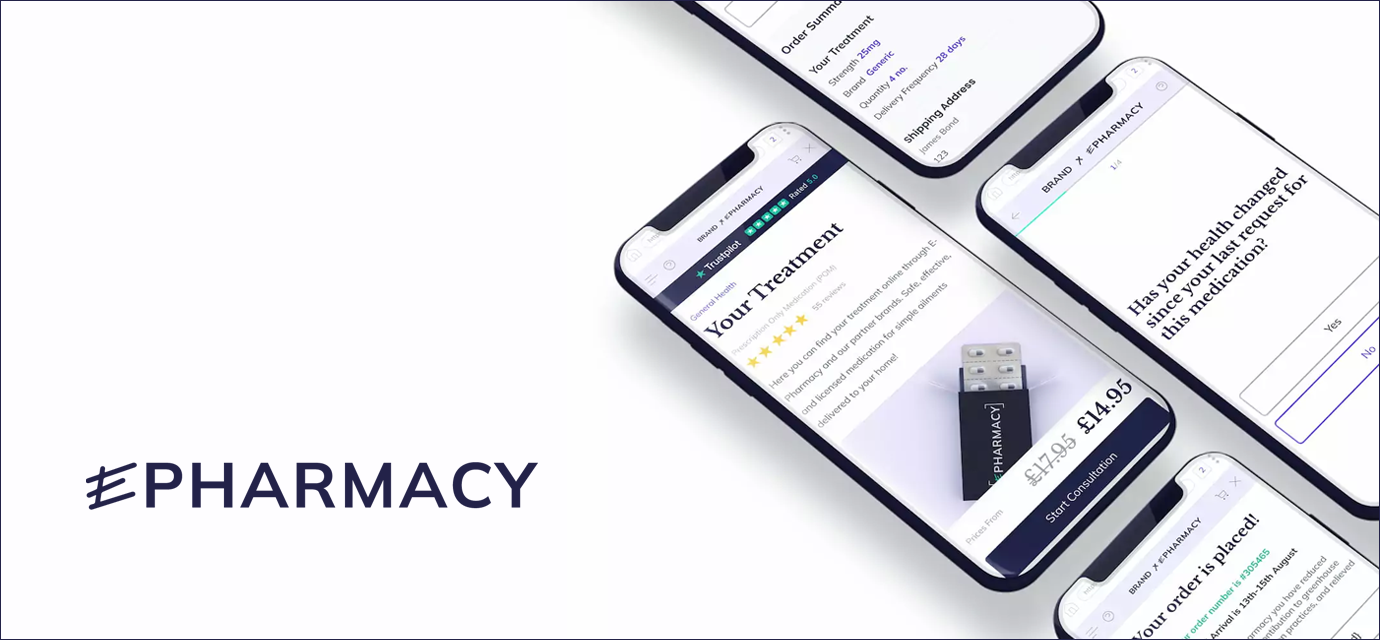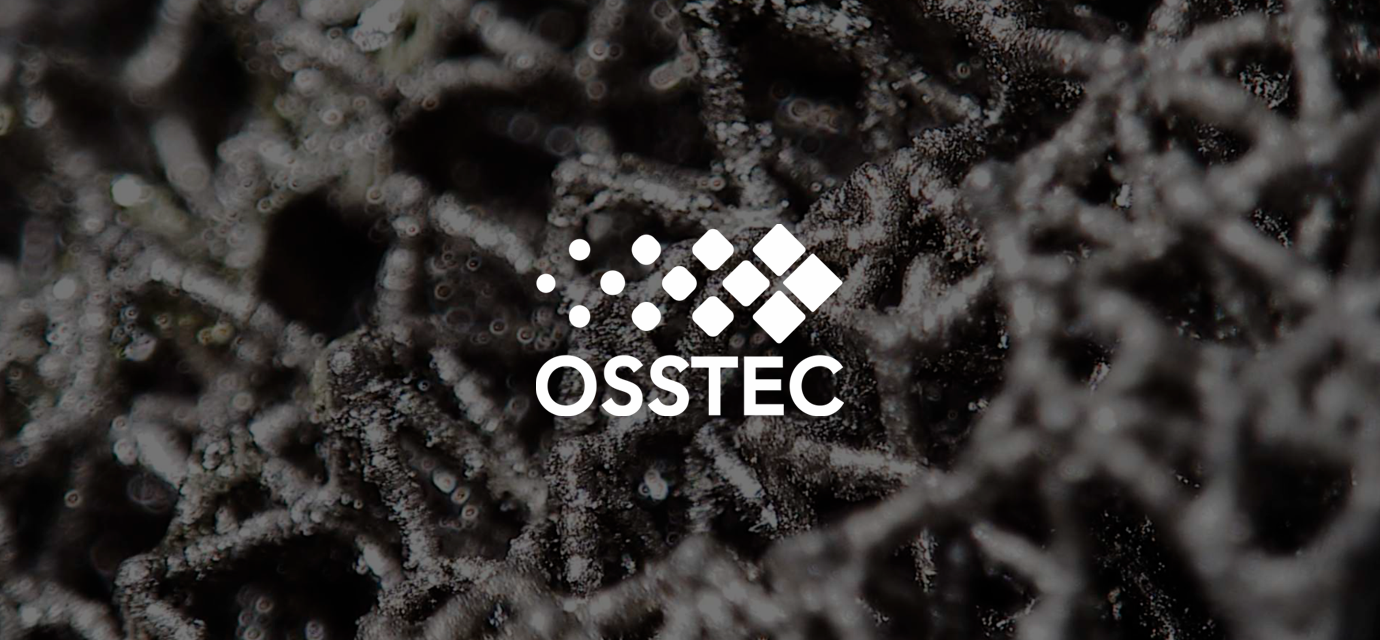In March we added seven new startups to the Access EIS portfolio, investing alongside super angels in each case (for more on our super angels, and our co-investment model, see our dedicated page). Find out more about our fund, Access EIS, or read about our new portfolio companies below.
My Pocket Skill
MyPocketSkill creates earning opportunities for young people by connecting them with households and businesses to complete paid tasks such as tutoring, social media management, music coaching, digital design and other digital tasks. In the process it delivers short financial education videos to nudge teenagers towards better financial skills and behaviours.

Angel: Our angel partner in the round has a CAGR of 34% and their previous investments include Huboo and Perkbox.
Total Round: approx. £1,200,000.
Immersive Fox
Immersive Fox uses AI to generate custom videos in minutes and auto-translate into 50+ languages in seconds, letting businesses create quality video content without the need for film crews, studios, actors, or cameras.

Angel: Our angel partner in the round has a weighted IRR of 36% and their previous investments include Azimo, Bloomsbury AI and Blow Ltd.
Total Round: approx. £3,000,000
Stage Pre-revenue.
Net Zero Now
Net Zero Now combines the expertise of climate scientists with the knowledge of experienced businesspeople to provide a trusted route to net zero for businesses. With six million SMEs in the UK producing almost half of all business-related emissions, its tools help users access all the benefits of becoming a net zero business, from customer preference, employee engagement and recruitment to investor demand.

Angel: Our angel partner in the round has a weighted IRR of 32% and has invested in Bulb, Mrs Wordsmith, and Rated People, amongst others
Total Round: approx. £750,000.
Stage Post-revenue.
Bubbl
Built by marketing industry experts and highly skilled developers, Bubbl provides companies with location-triggered mobile marketing tools that build genuine relationships between companies and consumers. They offer accurate and elegant functionality that allows users to deliver sophisticated mobile customer engagement, bridging the communication gap between app, consumer and location, event or venue.

Angel: Our angel partner in the round has a weighted IRR of 37% and has invested in Novastone, ScreenCloud, and RotaGeek, to name a few
Total Round: TBC.
Stage Post-revenue.
E-Pharmacy
E-Pharmacy works with established brands to bring prescription medication directly to patients, without the need for a medical consultation. In just a few clicks and at a price point close to the £9.35 NHS prescription charge, E-Pharmacy works to ensure patients can access affordable, effective, and safe prescription medication.

Angel: Our angel partner in the round has a weighted IRR of 126% and has invested in Adzuna, Tandem, and VouchedFor.
Total Round: approx. £1,500,000.
Stage Pre-revenue.
OSSTEC Ltd
OSSTEC has developed an additive manufacturing bone healing technology, currently applied in partial knee implants. Its implants stimulate long-term bone growth to resolve common sources of failure: loosening and bone loss. Its vision is to keep patients active, pain-free and enjoying added years of improved quality of life.

Angel: Our angel partner in the round has a CAGR of 45%, and their previous investments Oxwash, Sharesy and Somaserve.
Total Round: approx. £1,500,000.
Stage Pre-revenue.
Concr Ltd
Concr is a mission-driven techbio company that answers essential questions in oncology through solving data.
By adopting astrophysics methods used to study the universe, Concr unlocked the ability to effectively integrate diverse and incomplete datasets to help scientists identify and develop molecular features of patient response ('biomarkers') for their drugs with 300x less pre-clinical and 7x less clinical data.
Using Concr’s cloud-based platform, FarrSight™, researchers can make advanced predictions about biomarkers, model patient response by leveraging Concr’s unique technology, and perform standard bioinformatics analyses directly.

Angel: Our angel partner in the round has a weighted IRR of 39% and has invested in Healx, Unibound, and Exonate
Total Round: approx. £1,220,000.
Stage Post-revenue.
If you’re interested in the Access EIS Fund and would like to find out the benefits of investing you can call us on 01223 478 558 and we'll be happy to answer any questions you might have.
Or, if you're ready to get started, click the button below:
Please note: our office hours are weekdays, 9.30am - 5.30pm.